CarEdge saved me over 4,500 dollars on a brand new Honda Pilot. I can't say thank you enough.
Price intelligence
Find a wide range of vehicle listings with market insights on new and used listings near you.
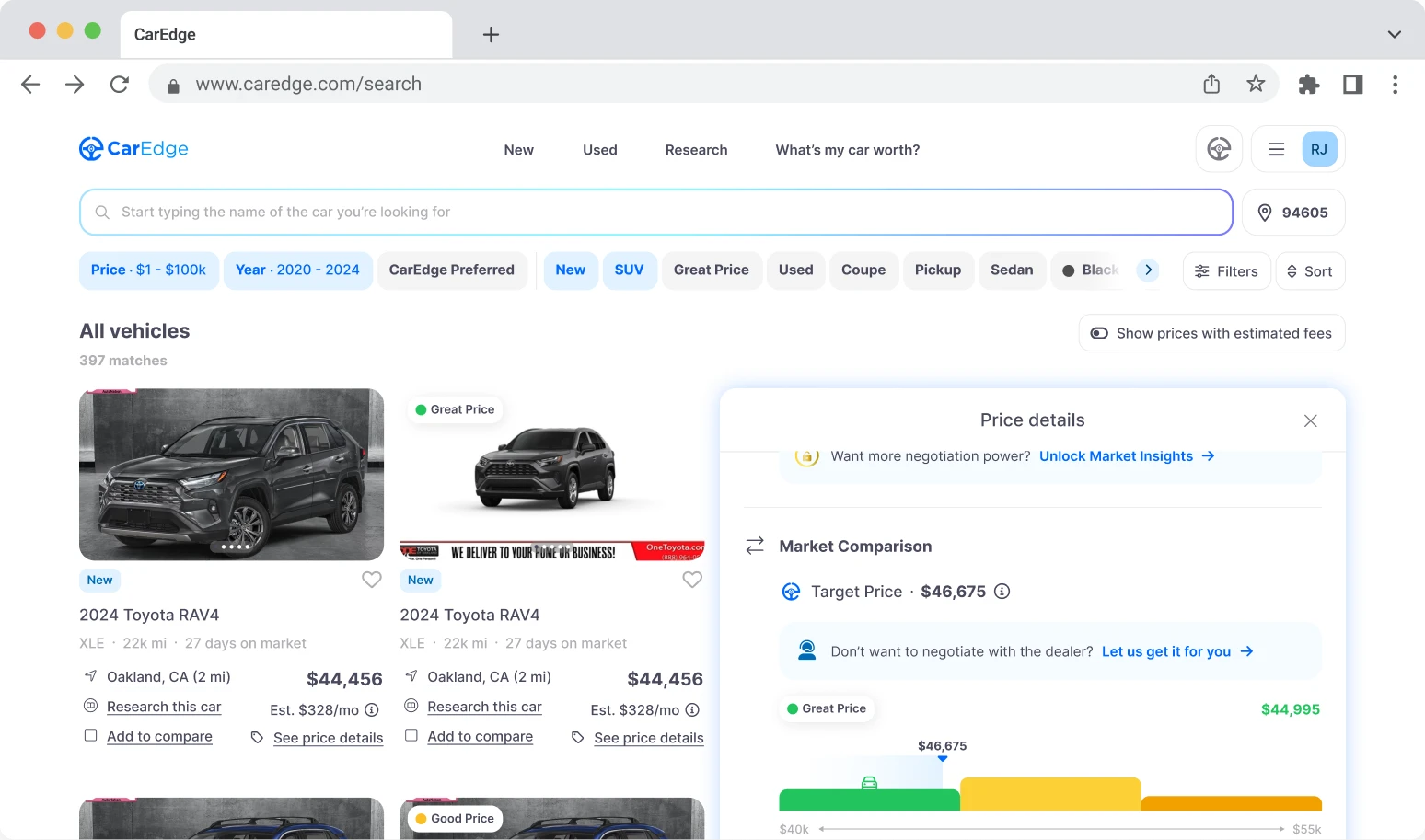

Help us personalize your CarEdge experience — it only takes a second.
Your answers help us personalize your CarEdge journey — we’ll follow up with tips and next steps that match your buying timeline.

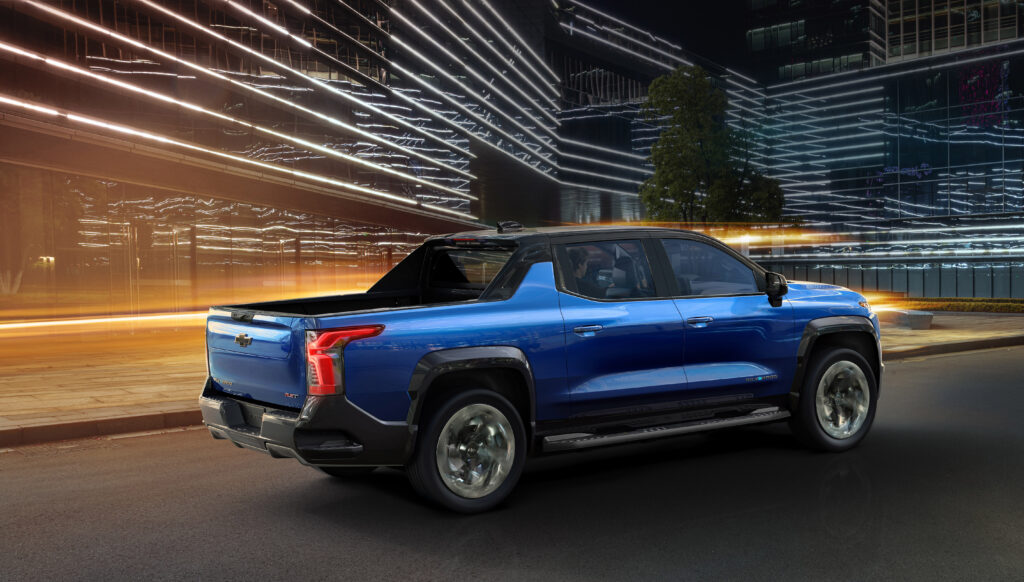
GM continues to sink under the weight of the chip shortage. It’s hitting all automakers, however the latest numbers from GM reveal the extent of the impacts. Automotive News reported that General Motors’ net income is down 39% in the fourth quarter to $1.7 billion. On the bright side, GM achieved a record full-year operating profit. That’s no surprise if you’ve been on the market for a GM vehicle.
In 2021, GM’s annual net income surged 56% to $10 billion. GM’s income is up despite the fact that total vehicle sales were DOWN by 13% over 2020 to 2.2 million. The automaker met previous projections with adjusted earnings of $14.3 billion. Total revenue increased 3.7% to $127 billion.
Although total sales and quarterly profits were down, vehicles sold for much higher prices. In the fourth quarter, GM’s average transaction price was $50,149. That’s up 15% year-over-year. At CarEdge, we’ve been pointing out the disappearance of incentives as dealers and automakers look to squeeze every dollar out of every sale. In Q4, incentives fell 65 percent to $1,813 per vehicle, according to TrueCar.
GM cited lower-margin cars as a contributing factor to profit declines. Could this be a side effect of the massive capital investments in electric vehicles? probably. All those batteries and rolling computers can’t build themselves…yet. GM plans to spend $35 billion in just four years on electrification.
As 2021 came to a close, GM had just 199,662 vehicles in stock or in transit to dealers. That’s less than half of what GM had this time last year, and one-third of inventory at the end of 2019.
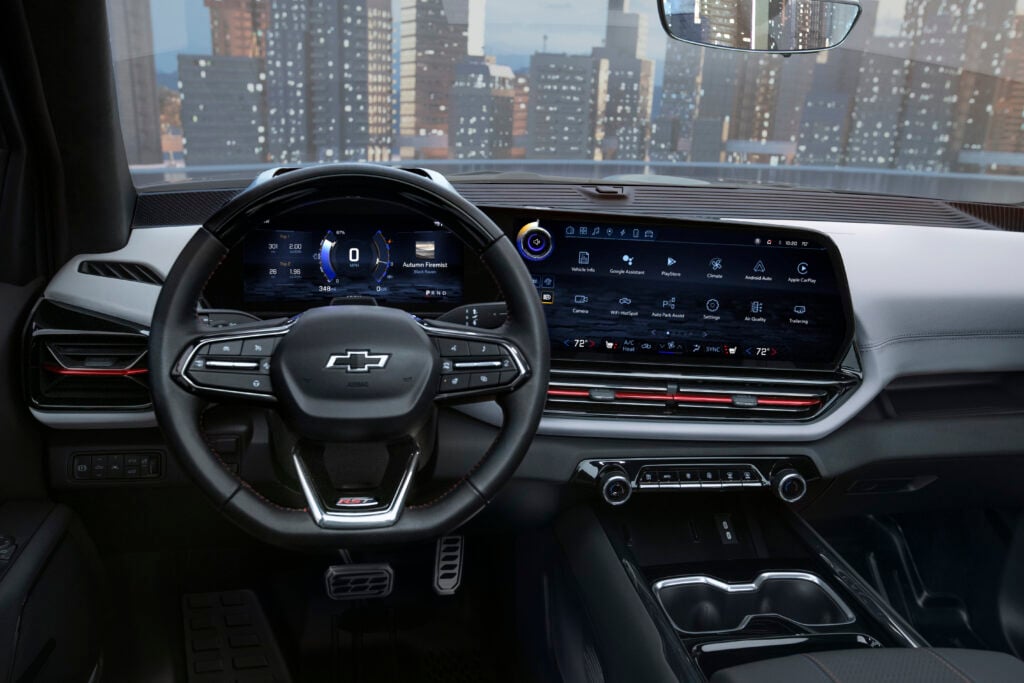
The automaker said it expects its 2022 adjusted earnings “to remain at or near record levels,” between $13 billion and $15 billion.
General Motors CEO Mary Barra sees electric vehicles as essential to GM’s growth strategy. Automotive News reported that GM aims to deliver 400,000 EVs in North America through 2023. During the recent quarterly shareholder meeting, Barra reiterated the automaker’s commitment to spending $35 billion on electric vehicle development by 2025. She said that this will culminate in the launch of 30 EV models globally by the end of the same year.
General Motors finds itself in a bit of an odd situation. profits are down by 39%, yet they’re selling vehicles for a lot more money. If the chip shortage fades away quickly (as unlikely as that may be), would GM shoot to the top of the pack? We’ll learn a lot about GM’s path forward as Q1 progresses.

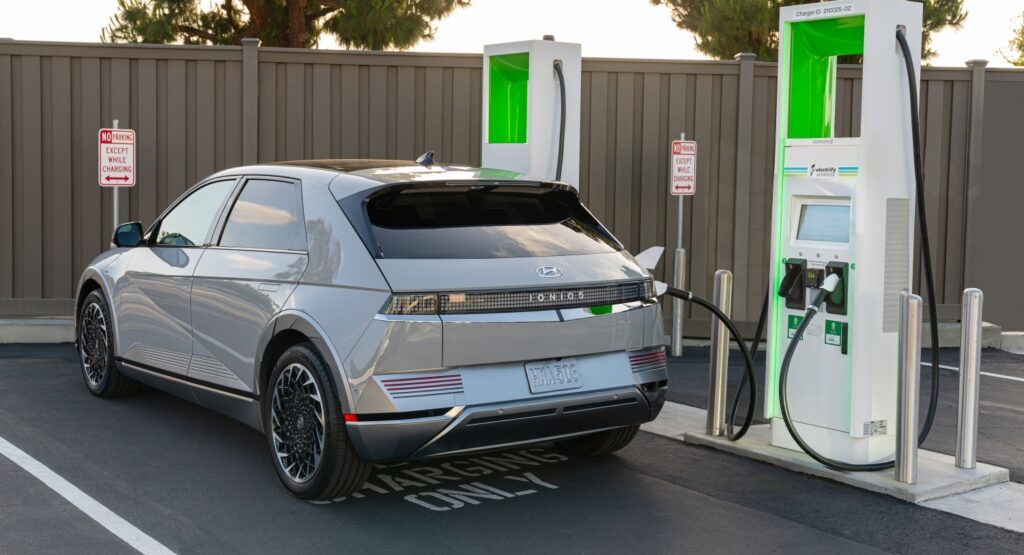
Some may think of electric vehicles as a concept of the future, but over 2 million EVs are already on American roads. By 2030, that figure may exceed 5 million. Where will all of these EVs juice up on road trips? Say hello to the gas station of the future. Charging stations are growing as more automakers commit to electrification.
Among the key players in EV charging is Electrify America. With roots in the 2015 dieselgate debacle, Electrify America is out to show the masses that electric cars are accessible and convenient. Maybe you’ve even seen their glowing green stations in your local Walmart parking lot. Who knows, you might find yourself at an Electrify America station sooner than you think.
Let’s cover the basics of Electrify America:
Let’s dive in.
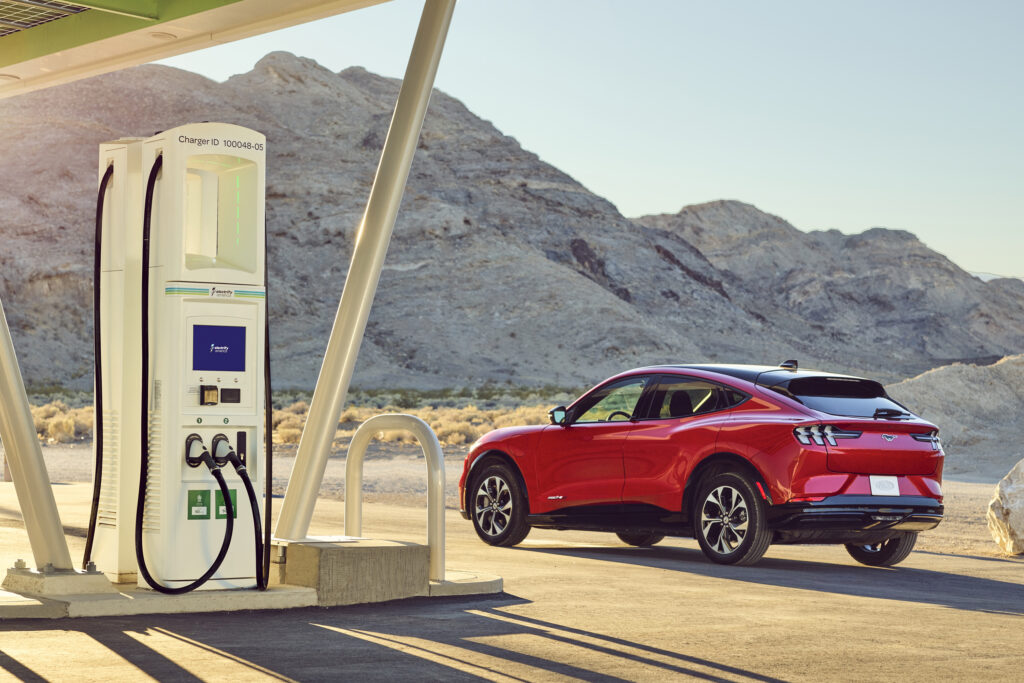
Electrify America is the rebranded name for the initiative that Volkswagen created and funded as part of its 2016 settlement with the United States Environmental protection Agency and the California Air Resources Board. VW was caught red-handed cheating on emissions tests for millions of diesel cars sold in the US. Remember when everyone had to sell back their cool Golf TDI? VW hit rock bottom in 2015. As part of the $2 billion punishment, Volkswagen is prohibited from branding the charging network as a VW enterprise.
So here we have it, Electrify America! Storied past aside, EA is now a large and rapidly growing player in the world of electric vehicles. Despite initial skepticism, EA showed it was serious by following through on their initial goal of adding 2,000 DC fast chargers within a few years. An average of four EA stations were opened every week since the official debut of Electrify America in May of 2018. Now, EA is embarking on the next stage of growth.

Good news! Any electric vehicle model can plug in at Electrify America charging stations. Even Teslas can charge here, despite having their own exclusive Supercharger network. Tesla may have a walled garden for its customers, but EA is open to all. EA stations include several CCS plug types, which work with nearly all EV models. The stations also have a CHAdeMO plug, which only the Nissan Leaf uses as of 2022.
Plug-and-charge is a convenience feature popularized by Tesla, but now spreading among automakers. Considering Electrify America’s Volkswagen roots, you’d think plug-and-charge would be a given for VW electric cars. Not so, at least not yet. However, it looks like automakers are at fault here, not EA. The 2022 Ford Mustang Mach-E already offers plug-and-charge, saving time and hassles for owners. GM says it will soon, but not by the time Cadillac Lyriq deliveries begin this year.
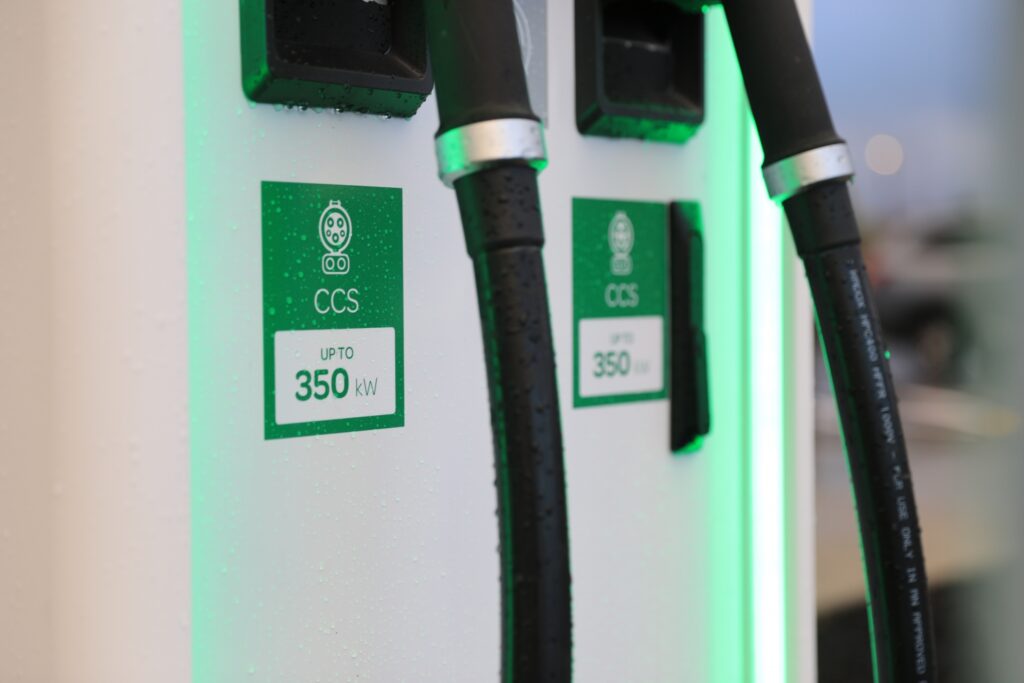
Electrify America charging stations are installed with future-proofing in mind. The vast majority of stations are capable of supplying the latest EVs with up to 350 kW charge speeds. In 2022, only a few EVs are capable of such rapid charging. The Hyundai IONIQ 5, Lucid Air and Porsche Taycan are a few examples. If your EV only accepts slower charging speeds, Electrify America certainly has the power you need to juice up.
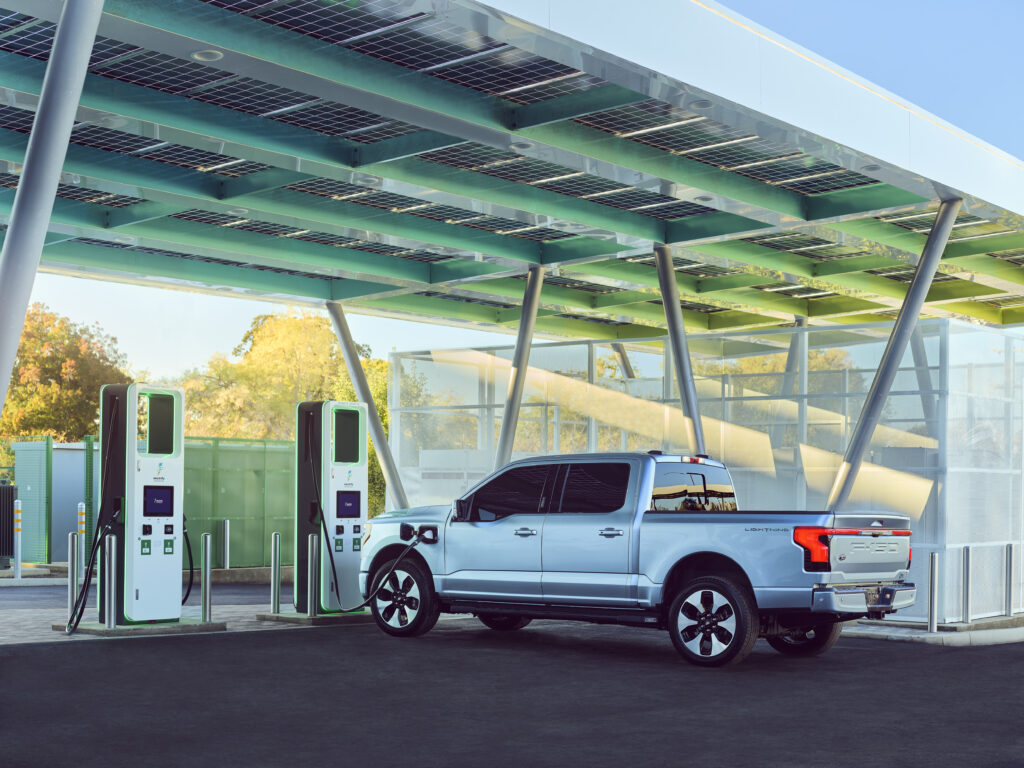
Some lucky EV drivers will have some amount of free charging at Electrify America. The Volkswagen ID.4, Hyundai IONIQ 5, Polestar 2 and even the Lucid Air all come with two or three years of complimentary charging at EA.
Electrify America pricing is determined by the following price tiers. Customers can either pay $0.43 per kilowatt-hour of electricity, or become a Pass+ member for just $4/month and charge up at $0.31 per kWh. For the Ford Mustang Mach-E with the standard battery, a full charge will cost about $21.00 as a Pass+ member, but $30.00 as a guest.
Having such an affordable membership plan is an interesting approach. It almost seems like Electrify America is aiming to become a subscription that everyone with an EV will buy into for a sense of range security, even if they rarely use the network. Learn more about Electrify America pricing and how much it costs to charge an electric vehicle at home or on the road here.
After an extremely fast build-out, EA now has chargers in 47 states. Only North Dakota, Wyoming and West Virginia have yet to receive EA chargers. Some states have many chargers. Metro areas like Washington DC, Atlanta, New York City, and of course all of California have a high density of EA charging stations.
A large number of EA stations are located in Walmart parking lots. Others are at Target stores, shopping malls, gas stations, and other frequented stops. With the new federal push for a national EV charging network, highway rest areas may soon get their own charging stations.
As of early 2022, Electrify America has 710 charging stations active in the US. Over 100 more are on the way soon. Three-quarters of existing charging ports are of the CCS type. The remainder are CHAdeMO-type plugs, almost exclusively for the Nissan Leaf. The rest of the EV world has moved on from CHAdeMO.
Here are all of the Electrify America charging locations as of early 2022. Future stations are in gray.

Source: Electrify America

Electrify America’s original goal was to have about 800 charging stations and approximately 3,500 individual chargers in the U.S. by the end of 2021. As you can see above, they clearly exceeded that ambitious goal. Now, EA is looking ahead to their 2025 Boost Plan. The new plan calls for increasing the total number of charging stations to more than 1,700 and 9,500 individual chargers by the end of 2025. Soon, all 50 states will be home to EA charging stations. For me in West Virginia, that can’t come soon enough. It’s a charging desert out here in the hills.
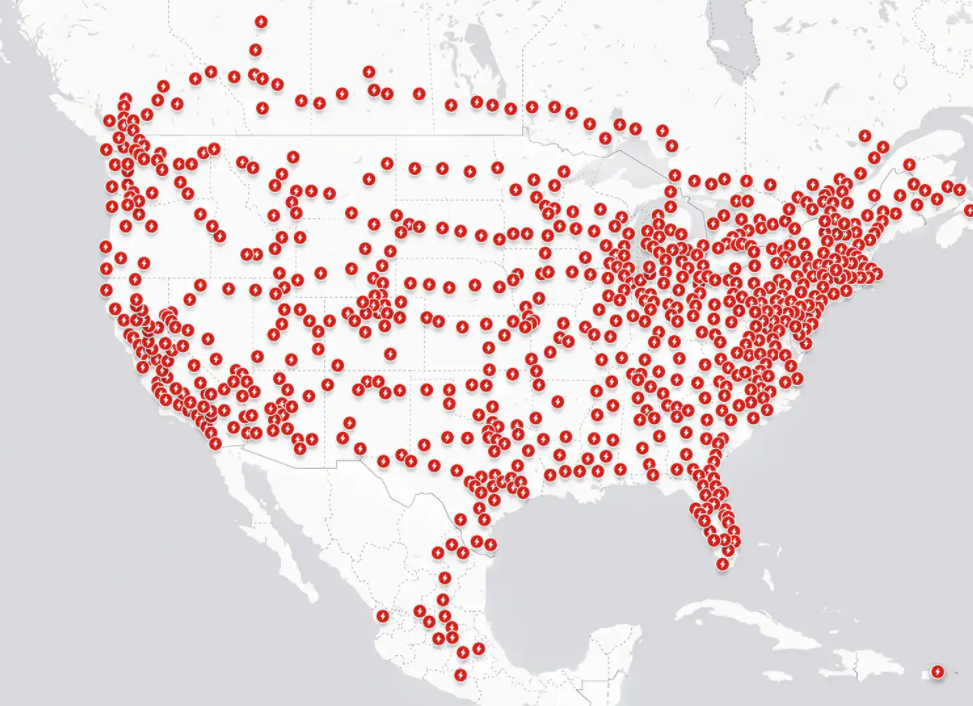
With so much competition arriving in the electric vehicle segment, buyers have far more options than they did just a few years prior. Back in 2018, it was Tesla, the Chevy Bolt and the Nissan Leaf that were selling in big numbers. Now look at the list of every EV on sale in 2022. Consumers have options! And by the time Electrify America’s 2025 Boost Plan is carried out, EV sales are expected to make up at least 12% of total vehicle sales.
Still, Tesla continues to lead electric sales by a large margin. Tesla drivers can charge at Electrify America stations if they bring their own plug adapter. Unfortunately, only Tesla cars can plug in at the sprawling Tesla Supercharger network. Tesla’s proprietary network of exclusive chargers just reached a major milestone. As of late 2021, there are 30,000 charging stalls at over 5,000 locations worldwide. One-sixth of those charging stations were built in the latter half of 2021 alone. In the US, there are nearly 1,000 Supercharger locations, a figure that is rapidly growing.
Tesla also has a level 2 Destination Network at tourist destinations, hotels, restaurants and other destinations. Soon, there will even be a Megacharger Network to support the coming Tesla Semi. Rumors abound that Tesla will open up the Supercharger network to non-Tesla cars, as they have already tried in select European countries. Until that officially happens in the US, Superchargers remain off limits to Ford, GM, Hyundai and every other automaker’s EVs.
Tesla Superchargers are not free. In fact, charging will cost $0.28 per kilowatt-hour of electricity in most markets. Learn more about how much it costs to charge an electric vehicle in our recent report.
Clearly, electricity is cheaper than gasoline, no matter where you plug in:
| Cost of Charging to 100% at a Tesla Supercharger | Cost of Charging to 100% at Electrify America as a Member | Cost of Charging to 100% at Electrify America as a Guest | Cost of Filling up an 18 Gallon Tank of Gas at $3.25/Gallon |
| $22.96 | $25.42 | $35.26 | $58.50 |
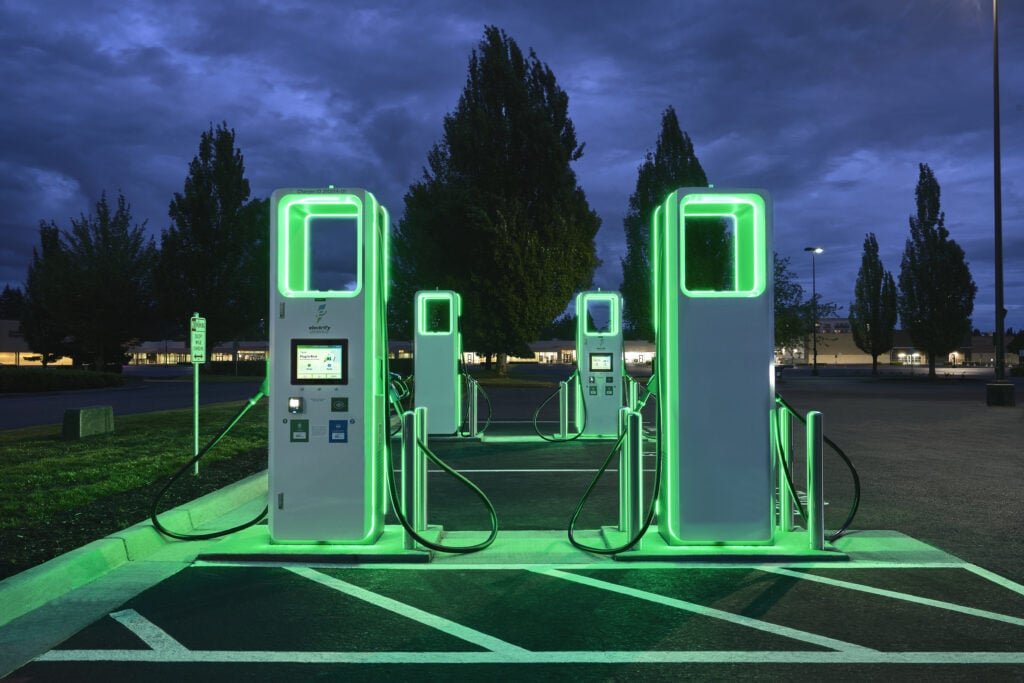
The automotive industry is commiting to EVs. With nearly half a trillion dollars committed to EV development this decade, is this a ‘too big to fail’ moment? However, what good are EVs if there’s nowhere to charge them? Actually, over 80% of electric vehicle charging happens at home. Still, road trips would be dead if automakers electrify without having public fast chargers as widespread as today’s gas stations.
Aside from the Tesla Supercharger network, Electrify America is the best shot we have at rapidly building out a DC fast charging network across America. Automakers, utilities and even the federal government are currently figuring out how to grow charging infrastructure in America. The recent National EV Charging Summit highlighted those efforts, and also the immense challenges ahead. Electrify America’s 2025 Boost Plan offers a glimpse of the electric future to come along American highways.
What do you think? Will Electrify America and the growing Tesla Supercharger network be enough for EVs to comfortably reach the forecasted 30-40% market share in 2030?
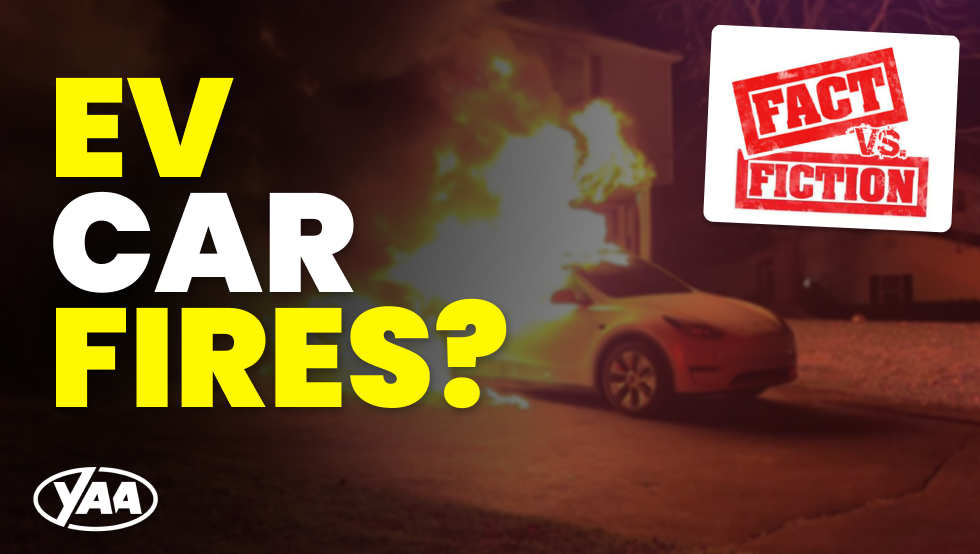
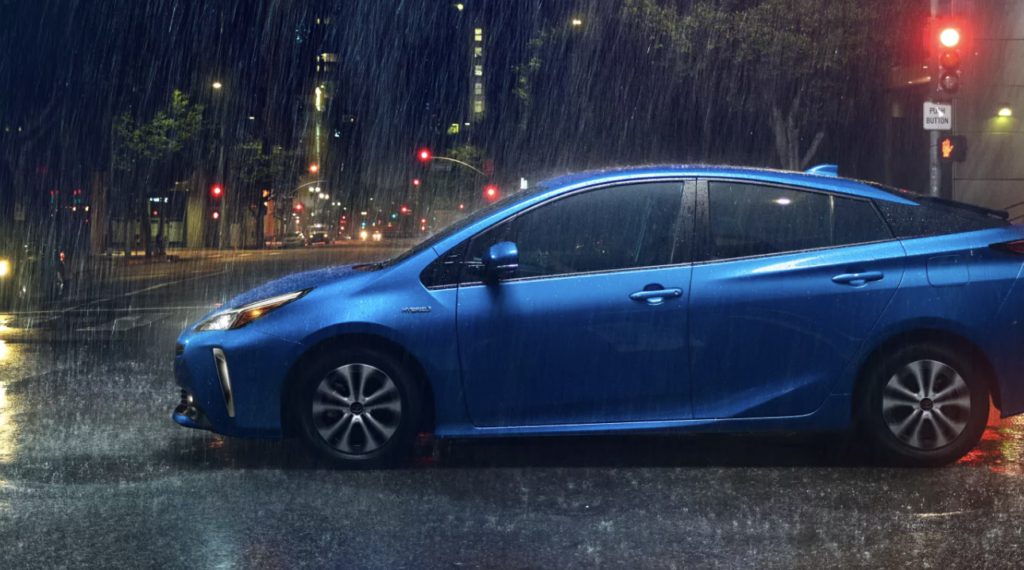
Which vehicles are the safest? Crash test ratings and real-world accident statistics are common metrics for safety, but fire data is another big one. Over $1 billion in property damages are incurred annually due to car fires. Although some assume electric vehicles with their energy dense battery packs are most fire-prone, a new study finds that is not the case. Hybrid car fires are an overlooked hazard.
Jalopnik reported on a new industry study released by AutoinsuranceEZ.com that sheds light on some surprising findings. Let’s cut to the chase.
Authors Rachel Bodine and Rachael Brennan summarized their findings:
“Hybrid vehicles have the most vehicle fires per 100K vehicle sales, followed by gas vehicles. Despite the recent concern about electric vehicle fires, they have the fewest fires per 100K vehicle sales and had only two model recalls for fire risks in the past year.”
The team of researchers analyzed data from the National Transportation Safety Board (NTSB), Bureau of Transportation Statistics (BTS), and government recall data. They found that the facts tell a different story than much of the headline-grabbers.
Source: AutoinsuranceEZ
CarEdge recently covered the ongoing EV fire concerns with the Chevrolet Bolt and a few other models. With EVs under heavy scrutiny, there’s a lot to be gleaned from this report. Hybrid vehicles are the most likely to be involved in car fire incidents, and seemingly by a long shot. Gas vehicles are second per 100,000 sales, but the clear leader in total fires due to there being far more gas-powered vehicles on the road.
Why are hybrid car fires more common than others? Mechanics and EV enthusiasts alike have long pointed out that hybrid vehicles are far more complex than gas or pure electric vehicles. Think about it: they have combustion AND battery components. The study’s authors pointed out the differing sources of fire-related recalls.
“Both hybrid and electric vehicle recalls were all related to battery issues. This is a stark difference from the gas recalls, which were recalled for issues with fuel leaks, electrical shorts, and anti-lock braking systems (ABS).”
One fact that we can’t overlook is just how insanely difficult it is to extinguish EV fires. Fire departments around the world are in dire need of support, updated training and adequate resources to prepare for the onslaught of electric vehicles to come. We recently reported on the challenges that firefighters face with EV fires. Even tow yards are in a difficult situation. EVs need to ‘social distance’ until there’s no chance of flare ups. Will we one day run out of room in the junk yard? Or will safety be a trade off for practicality?
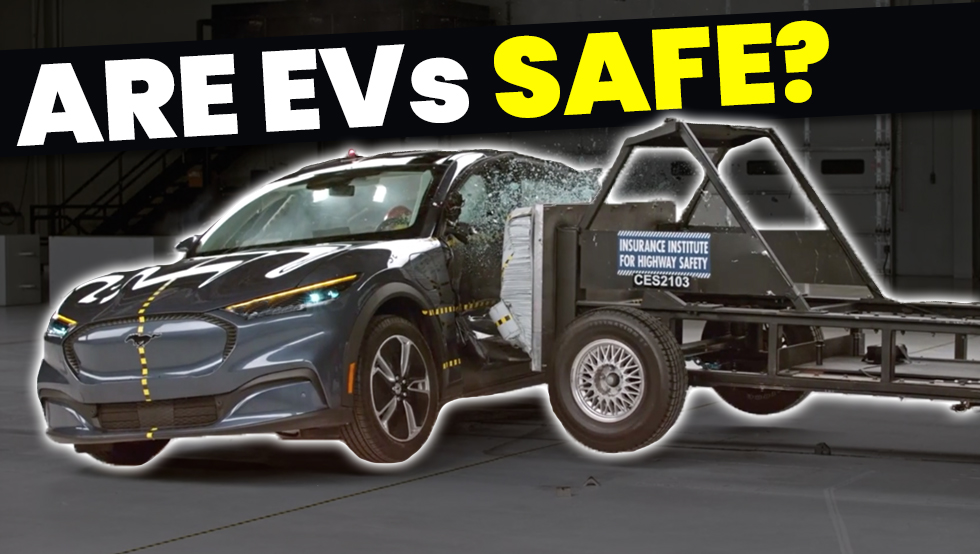
With the industry undergoing so much change, it’s imperative that automakers and all OEMs prioritize safety over profits. The transition to EVs is certainly NOT the time to cut corners. At CarEdge, we’ll continue to stay on top of what this all means for you, the consumer. What do you think? Do you know anyone impacted by any type of car fire? Let us know in the comments below. Join the CarEdge Community to interact with car buying experts and fellow car enthusiasts.
CarEdge Just Launched a New Search Engine to Make Buying Your Next Car Easier!
We have thousands of EVs (and other vehicles) listed today. Each listing includes industry insights, empowering data and the true TotalPrice that will make buying a car the transparent process it should’ve always been. Check it out here!

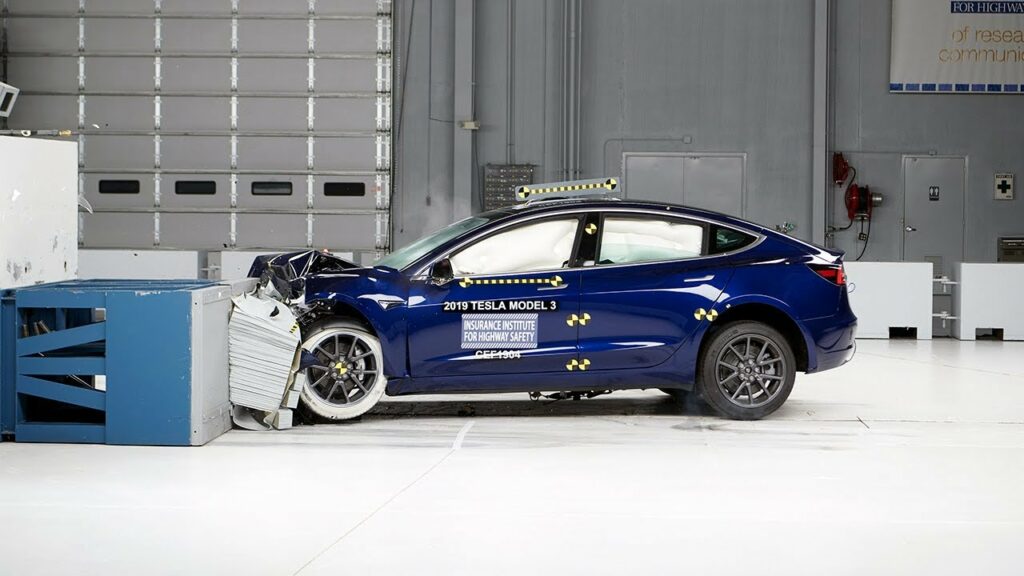
Your opinion of electric vehicles likely depends on which side of the news you’ve seen. If you know anything about the Chevy Bolt hazard, you might even scurry to the other side of the street when you encounter one. But does the data support EV skepticism, or is the big picture something different altogether? Do we even have enough data to draw firm conclusions? It’s important to get down to the facts, and that’s our goal today. Here’s what crash test ratings, vehicle fire statistics and real-world data can tell us about electric car safety in 2022.
The National Highway Traffic Safety Administration (NHTSA) and the Insurance Institute for Highway Safety (IIHS) conduct standardized crash testing for vehicles that possess the potential to become popular and sell in big numbers. If it’s popular, they’re going to crash it and collect data. These two crash testing programs don’t treat electric vehicles any differently than they would a traditional combustion-powered vehicle.
As a refresher, here are the crash tests conducted by the NHTSA and IIHS:
The following additional tests are conducted by the IIHS:
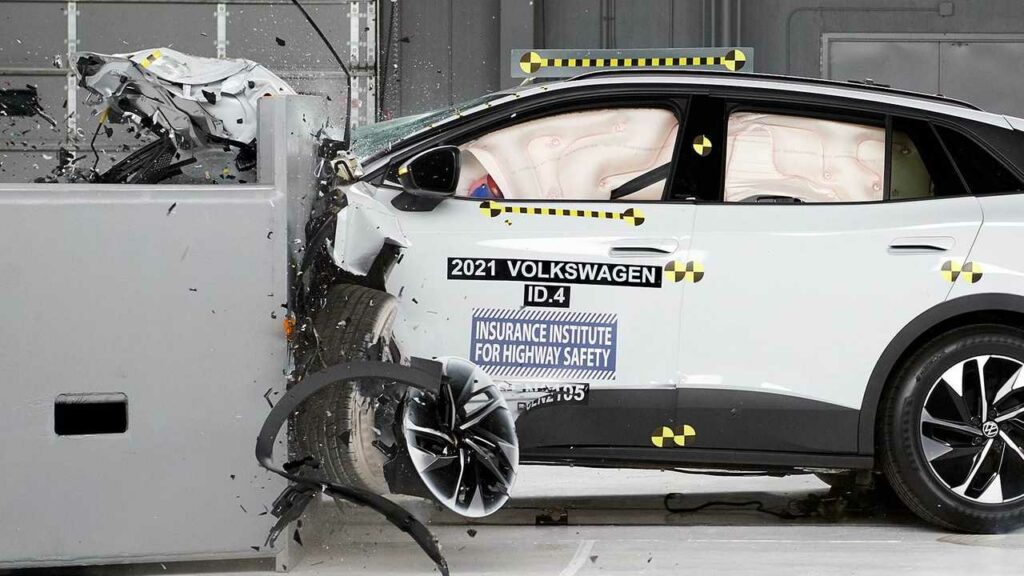
How do electric vehicles perform in these crash tests? Take a look at the limited data we have.
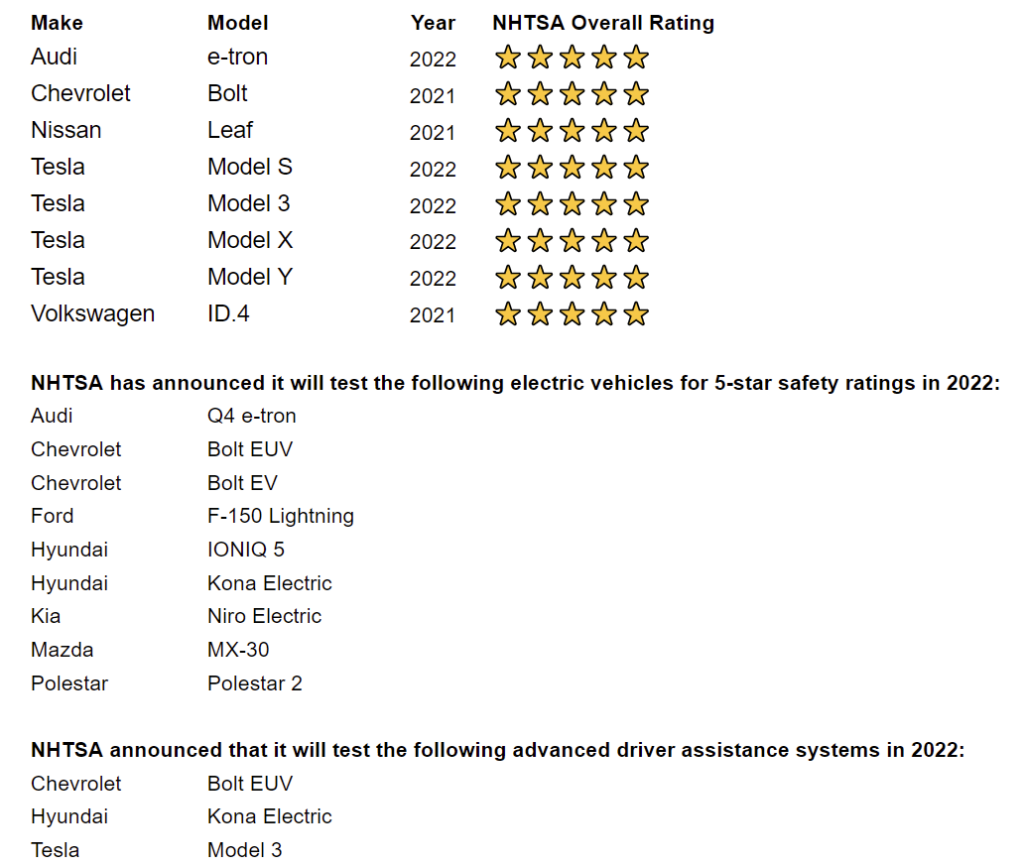
The Insurance Institute for Highway Safety (IIHS) does not provide overall ratings. They instead provide dozens of ratings for many different safety metrics. You can check out their ratings here.
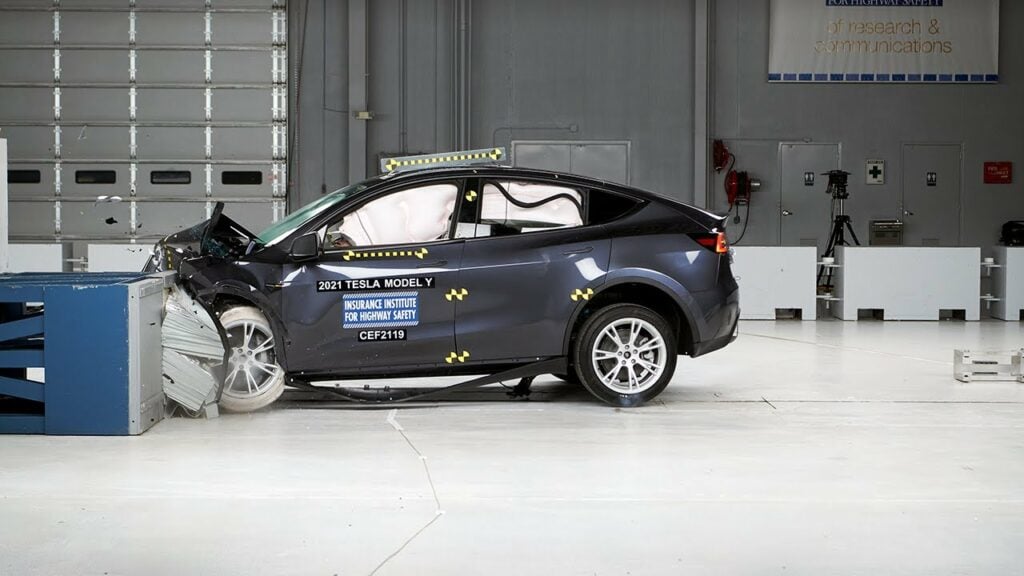
This data from the NHTSA and IIHS shows that while data is limited (but growing), all EVs tested so far have received excellent solid ratings. In fact, all eight electric models tested by the NHTSA in 2021-2022 earned five-star ratings. Considering that over 70% of EVs sold in the US are Tesla models, these ratings do represent the vast majority of EVs on American roads today. Still, far more testing is needed with so many electric models coming in 2022.
The IIHS sees the trends in their own data: EVs are actually making passenger vehicles safer than ever before. In a 2021 IIHS report on electric vehicle safety, they shared what they’ve learned so far.
“Evidence is growing that electric vehicles are at least as safe as conventional ones, with two more vehicles that run exclusively on battery power earning safety awards from the Insurance Institute for Highway Safety. In addition, an updated analysis of insurance data shows injury claims are substantially less frequent for such vehicles.”
Those are powerful words from an insurance-minded crash-tester. We definitely need more electric car safety testing. EV sales made up 6.5% of American auto sales in 2021, and that figure is expected to reach or exceed 40% by 2030. One useful safety test would be comparing how long it takes to extinguish a fire for each EV model. I’d love to see that testing implemented for the safety and preparedness of our first responders.
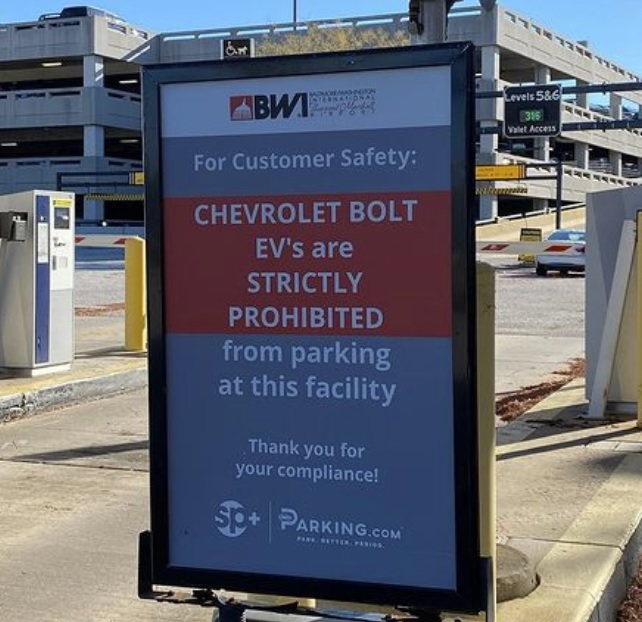
Whether you prefer a vehicle that requires gasoline, diesel or battery packs, all vehicles are built to haul around what are essentially concentrated energy sources. That’s how the vehicle converts potential energy in the form of combustible carbon or electrons into kinetic energy to get you from A to B. The latest and greatest battery chemistries pack more power than ever before into battery cells, but they also claim to be safer. However, any concentrated energy source is volatile under certain conditions. That’s why we don’t light matches at the gas pump. What about EV batteries? Are they a fire hazard worthy of extraordinary caution?
The CarEdge team recently dug deep into the latest EV battery fires that have made the news, and our findings certainly shed light on the facts. Here’s a summary of what the data and engineering investigations featured in our EV battery fire report reveal.
Data compiled by the National Fire protection Association (NFPA) and the US Department of Transportation shows that among all vehicle types, there’s an average of one vehicle fire per 19 million miles driven. Both the NFPA and the Center for Auto Safety say there is not yet a centralized database for electric vehicle fire statistics. In an effort to address the lack of information surrounding EV battery fires, Tesla decided to begin releasing statistics in their annual impact reports.
Tesla’s 2020 Impact Report says that from 2012-2020, there’s been one Tesla fire per 205 million miles traveled. The fact that Tesla models made up 79% of American EV sales in 2020 highlights the relevance of their data. Unfortunately, other automakers haven’t released comparable data (we’re looking at you GM!). We’re hopeful that will change soon.
Source: Tesla
This comparison doesn’t hide the fact that one other EV model has had major problems. The ongoing Chevrolet Bolt recall is costing GM and battery supplier LG a few billion dollars to resolve. There have also been sporadic incidents with other EVs. The Hyundai Kona briefly made headlines with multiple fires, but a fix was quickly implemented. It seems like every Tesla fire makes it into the news, even though there are not many.
Despite the statistics showing just how rare and isolated the events are, EV fires are real, and every one is worthy of proper investigation. The same goes for any vehicle fire.
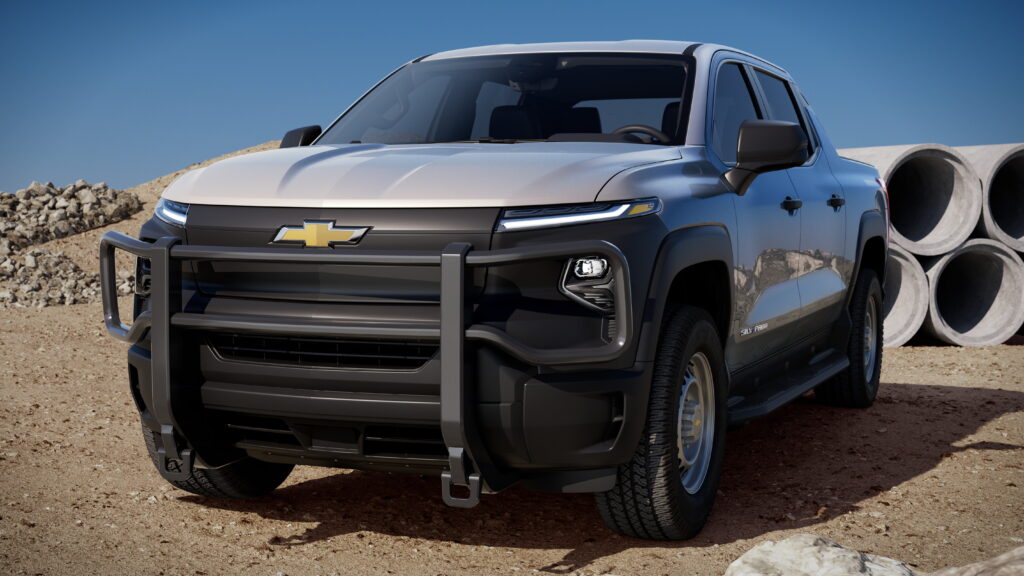
Although Tesla’s data suggests that EVs are less prone to car fires than combustion vehicles, there are major safety concerns for the firefighters who extinguish the flames when an EV fire does occur. Firefighters need special training to learn how to safely approach EV-related incidents, but only two-thirds of departments have had the opportunity due to funding constraints. Automakers need to come forward and support our first responders with training and resources to prepare for the electrification of the auto industry.
EV fires require A LOT more water to extinguish. Tesla’s First Responders Guide recommends 3,000 to 8,000 gallons of water on hand to put out a Tesla fire. Some fires have needed 30,000 gallons of water to extinguish. Basically, firefighters have to do whatever it takes to cool down the battery, and that’s really hard to do with so much energy densely packed into the pack. Once the fire appears fully extinguished, there’s a chance it could still flare up, even days later. Towing services and junkyards are advised to park damaged electric vehicles at least 50 feet from other vehicles in the yard. As EVs become more popular, that might not be feasible in just a few years.
When cars launch full-speed ahead without warning, we have a major problem. Fortunately, that has not been proven to have occurred following dozens of investigations over the years. A number of serious accidents involving EVs have resulted in drivers claiming that the car accelerated on its own. Tesla vehicles have faced these accusations for years, but investigations have never found evidence of unintended acceleration. Plus, Tesla EVs are computers on wheels, and they maintain very detailed logs of all driver inputs. These logs are thoroughly inspected in every investigation.
The Department of Transportation’s National Highway Traffic Safety Administration (NHTSA) determined that reports of sudden unintended acceleration involving four different Tesla models were due to user error. In other words, the driver mistakenly smashed the accelerator pedal. With so much torque and instant feedback, that’s enough to launch a Tesla like a rocket. Depending on where that rocket is aimed, it could go launching right into harm’s way. The lesson here? Powerful EVs demand more attention than some drivers are used to. Electric car safety features can only go so far if drivers are careless or over confident.
Hyundai recently recalled 2,700 2017-2019 Ioniq electric vehicles (the generation prior to the all-new Hyundai IONIQ 5) to correct a rare but scary defect that may cause the Ioniq to accelerate after the driver releases the accelerator pedal when in ‘limp mode.’ With no accidents reported, it appears as though Hyundai got ahead of this issue before anything tragic happened. As far as we (and the US government) know, no EVs have accelerated on their own without driver input.
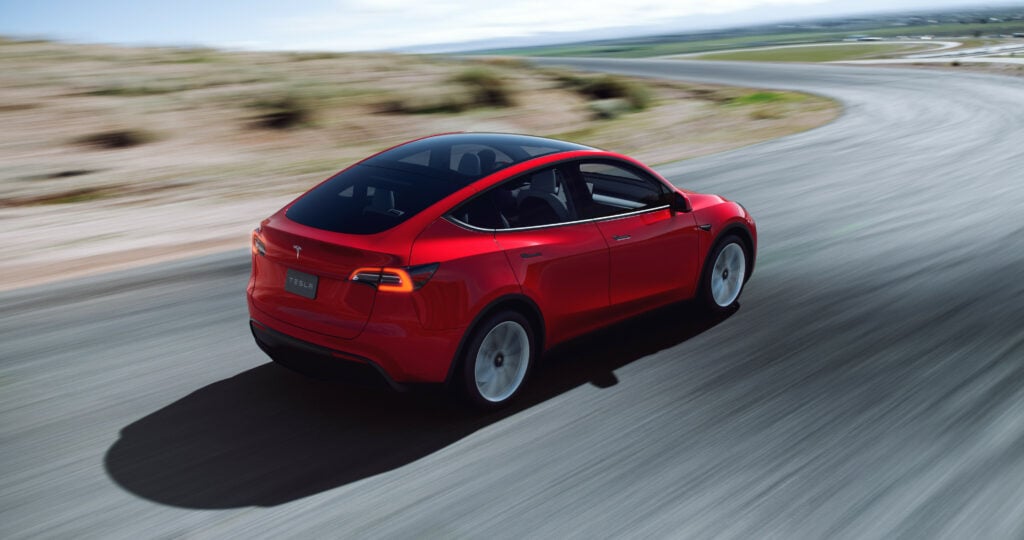
This is another headline grabber for Tesla. Anytime there’s a crash involving a Tesla on autopilot, it’s sure to make the news. Tesla Autopilot certainly has its faults, notably ‘phantom braking’ and difficulties with poor visibility. However, Tesla keeps track of their accident data from all Tesla vehicles worldwide, and this is what they’ve found as of December 2021:
“In the 4th quarter, we recorded one crash for every 4.31 million miles driven in which drivers were using Autopilot technology (Autosteer and active safety features). For drivers who were not using Autopilot technology (no Autosteer and active safety features), we recorded one crash for every 1.59 million miles driven. By comparison, NHTSA’s most recent data shows that in the United States there is an automobile crash every 484,000 miles.”
Although this is not independently verified, it’s intriguing data to say the least. Could Tesla Autopilot really be safer than human drivers? Considering that 15% of motor vehicle accidents in the US are attributed to driver distraction, it may not be all that surprising. More automakers are offering level 2 autonomous driving features. As Autopilot-like technology increases, electric car safety will be under the microscope. Learn more about Tesla’s annual safety report here.
Our goal at CarEdge is to provide you with factual information that’s useful for your decision-making process as you consider your next vehicle purchase. Why do we cover EVs so intently? Because industry insights show that major automakers are dead set on electrifying their entire lineups by 2035 at the latest. From Ford to GM and everyone in between, the story is the same. With hundreds of billions of dollars going towards EV development, it’s important to hold automakers accountable with such a nascent technology.
Over 2 million EVs are already on American roads and global EV sales totaled 4.5 million in 2021 alone. This is just the beginning. Sales of electric vehicles are expected to rise 75% to more than 8 million in 2022. Electric car safety is more important than ever. Are EVs safe? So far, it looks like electric vehicles are at least as safe as combustion vehicles. But when things go awry, EV fires are far more difficult to extinguish than what we’ve seen in the past, and that’s a concern worth addressing promptly at all costs. If you’re thinking about going electric for your next vehicle purchase, rest assured that EVs from Tesla, Ford, Volkswagen, Hyundai-Kia and others are ranked up there with the very best in the entire industry.
We have thousands of EVs (and other vehicles) listed today. Each listing includes industry insights, empowering data and the true TotalPrice that will make buying a car the transparent process it should’ve always been. Check it out here!
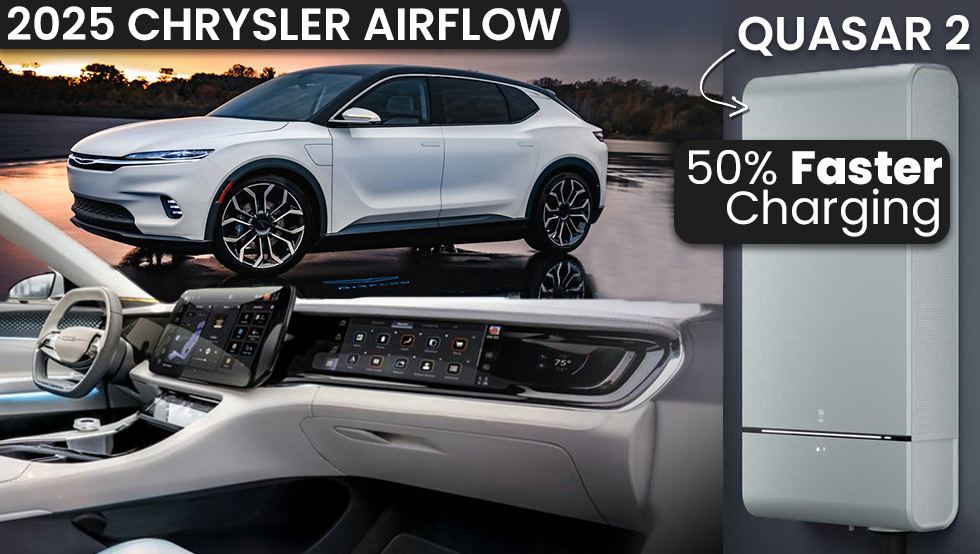
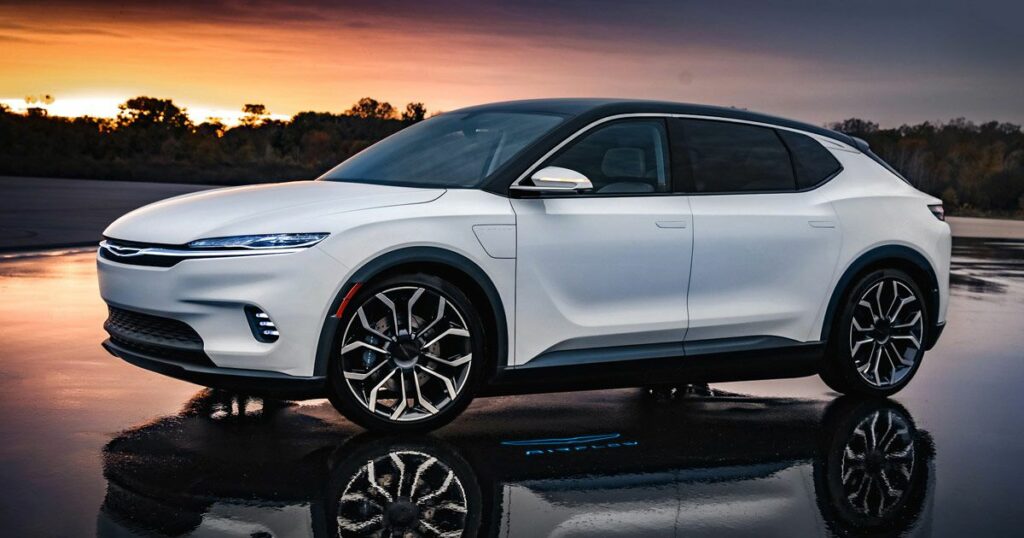
CES 2022 was marked by innovations in the metaverse, NFTs, crypto, and sustainability. But many of the greatest headlines from CES 2022 were in the arena of automotive news. Here are five stories that stood out from automakers that brought their best and brightest.
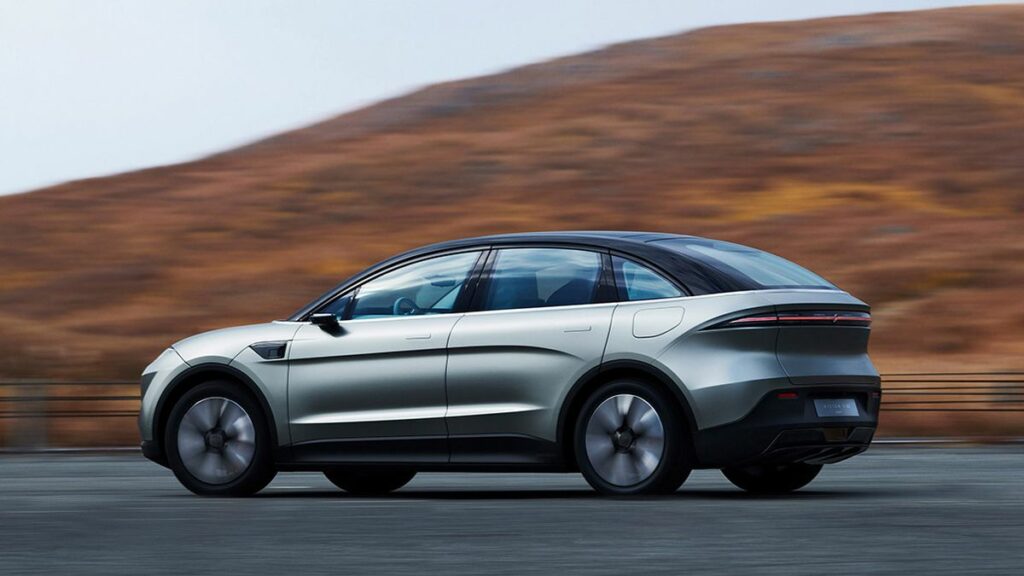
At CES 2020, Sony announced “VISION-S,” an initiative to bring Sony’s tech know-how into the world of mobility. There was a prototype sedan on display, and it was all the rage among automotive and PlayStation enthusiasts. Sony secretly started public road testing in Europe in December of the same year, and has now shared that they were conducting a number of driver experience tests featuring their cutting-edge vehicle technology platform under development.
Two years after kindling their own automotive rumors, Sony CEO Kenichiro Yoshida confirmed the establishment of Sony Mobility at CES 2022. During the announcement, Sony unveiled Vision-S 02, an electric crossover prototype, but offered no specific details about pricing or release dates. With the electric vehicle space getting more and more crowded as legacy OEMs and startups alike unveil their EV plans, Sony must be quite confident that they have something special to bring to the table as they launch Sony Mobility. We’ll be following this one closely.
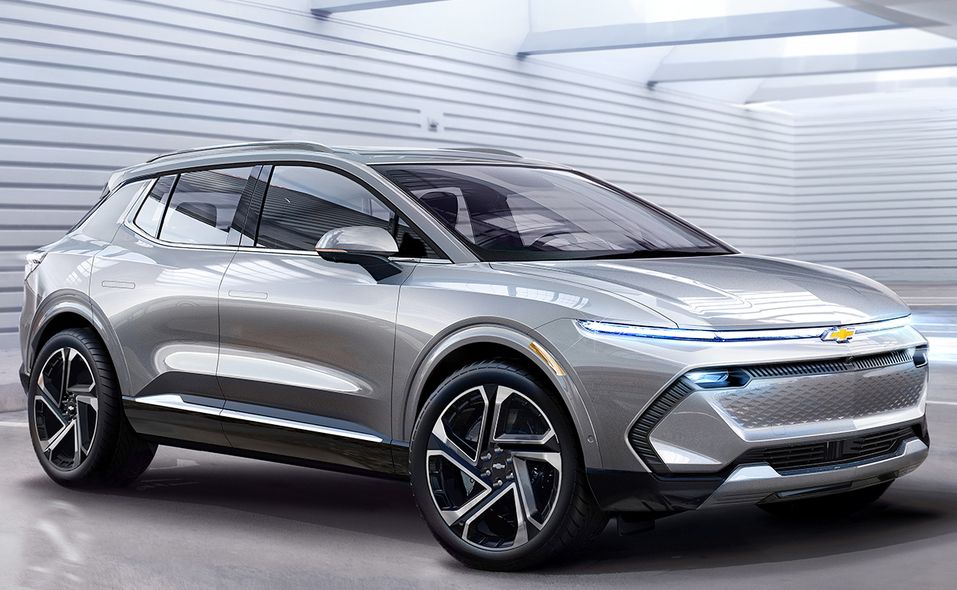
Arguably the biggest headline out of CES 2022 was the full unveiling of the 2024 Chevrolet Silverado EV. With up to 400 miles of range, powerful performance and both luxury and work-oriented trims, the 2024 Silverado EV is positioned to fiercely compete with the F-150 Lightning and Rivian R1T. Who knows, maybe the Tesla CyberTruck will be trickling out of Tesla’s Gigafactory by the time the Silverado EV arrives in customer hands starting in 2023.
Electric vehicles are still expensive. Until prices come down, most consumers won’t be considering going electric for their next purchase. That’s why Chevrolet’s announcement of a $30,000 electric Equinox is a big deal for the whole industry. Coming in 2023, the Equinox EV will be based on GM’s highly-efficient and affordable Ultium platform.
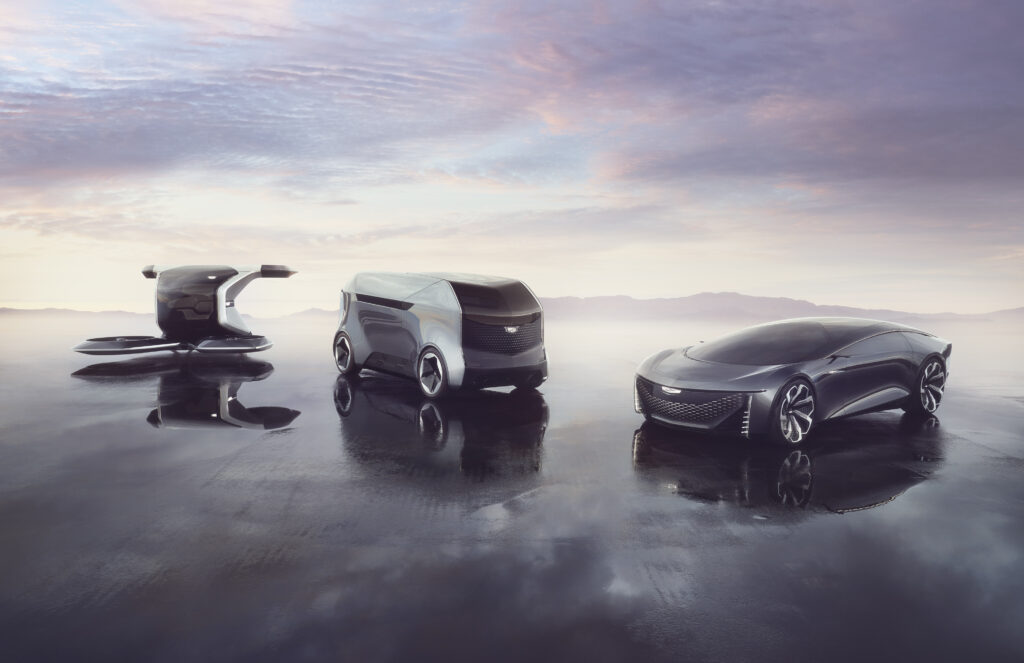
Cadillac is slated to become the first GM brand to go all electric by 2030. The 2023 Cadillac Lyriq will be the first electric Cadillac to arrive at dealerships later this year, and it’s one beautiful luxury crossover. However, it turns out the Cadillac has even more ambitious plans on the table.
At CES, Cadillac introduced the funky and far-out InnerSpace concept. The InnerSpace ‘design experience,’ as Cadillac puts it, is the latest addition to their Halo Concept Portfolio. The InnerSpace is a two-passenger autonomous electric luxury concept vehicle that features nearly 360-degree panoramic views, massive LED displays with integrated augmented reality, and ‘wellness recovery’ features. It sure is something to think about.
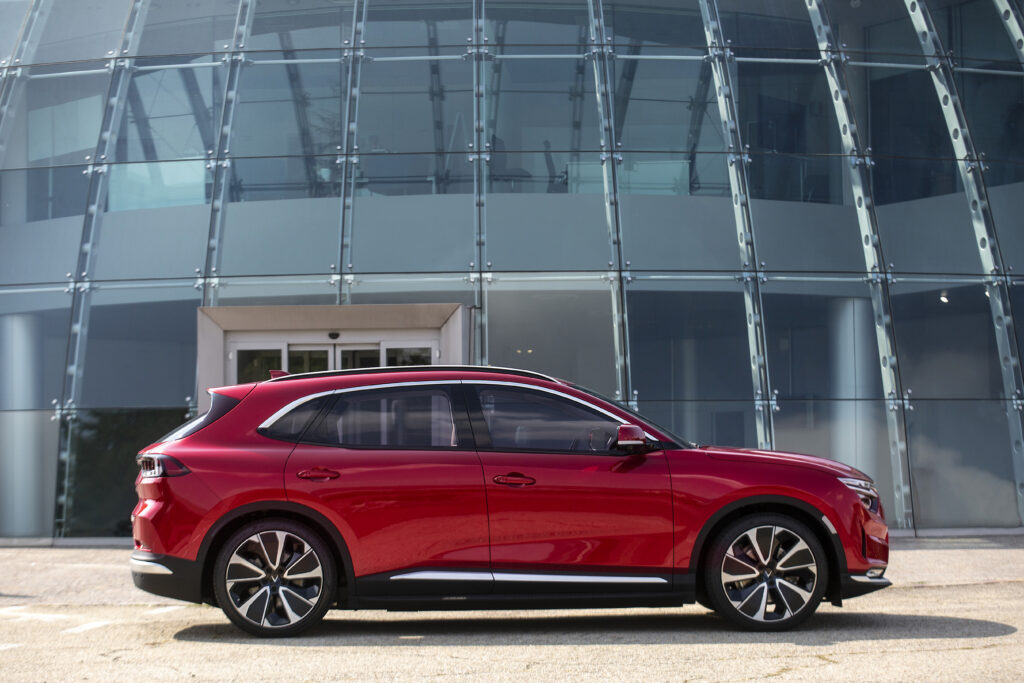
VinFast has been taking the EV scene by storm. Part of their sudden popularity is probably due to the EV stock craze, but some of the attention is because of the different and controversial approach the Vietnamese startup is taking for power supply. VinFast says it will lease batteries to customers rather than including them as standard equipment. They likely took inspiration from Chinese electric automaker Nio’s success with battery swapping, but at least batteries come with their vehicles.
Also at CES 2022, VinFast shared prototypes of their upcoming electric SUVs, the VF-8 and VF-9. VinFast already began deliveries of its first electric SUV in Vietnam last year. It intends to deliver six EVs to international markets by mid-2023.
At CES, the company shared pricing for two models that are nearing production. The midsized VF 8 SUV will start at $41,000. The three-row VF 9 will start at $56,000. However, there’s a big catch. Those prices are without the battery! We’ll see how North American consumers feel about buying an EV without its most essential component.
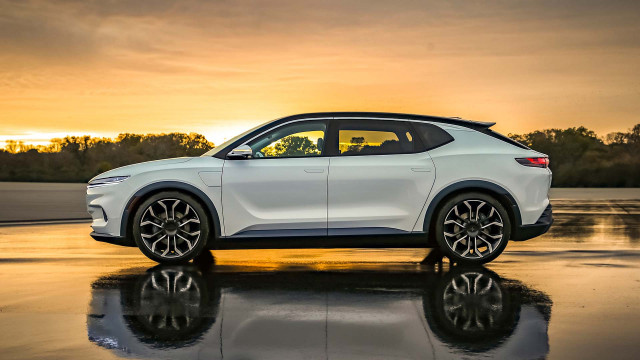
Talk about ambition! In 2022, Chrysler has zero electric vehicles for sale. In fact, it doesn’t intend to sell any EVs until 2025. No big deal, right? What if I told you that by 2028, Chrysler plans to be 100% electric? As crazy as that sounds, that’s exactly the plan that Stellantis shared with us at CES 2022. From the looks of it, they do have a promising EV in the works.
The 2025 Chrysler Airflow is a sleek electric sedan concept that may be closer to production than it seems. The automaker calls it a technology-forward design optimized for efficiency and driver experience. The Airflow integrates leading-edge drive-system technology with intuitive AI and connected vehicle technology that delivers 350- to 400-mile range. They also say it includes the new “STLA SmartCockpit, powered by STLA Brain, that enables an extension of digital, work and home environments, all in sync to create a personalized experience for every passenger.”
Chrysler also says that the Airflow will include STLA AutoDrive, a Level 3 autonomous driving system. That’s a bold claim considering that even the best driver assistance systems today are Level 2, requiring active monitoring at all times. The upcoming Chrysler EVs will also be upgradable via over-the-air (OTA) software updates.
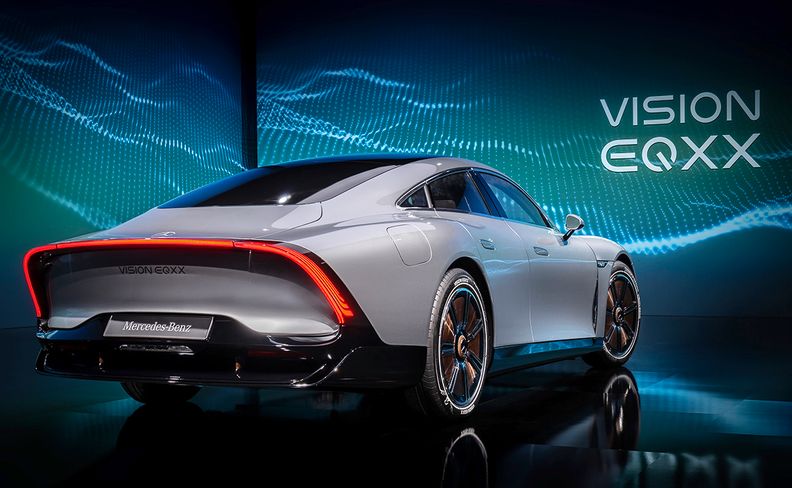
As of 2022, the best long-range EVs on the market offer 400-500 miles of range on a single charge. Notably, the Lucid Air, Tesla Model S and brand-new Mercedes EQS are capable of going the distance. Now, Mercedes-Benz says it is aiming to bring an electric vehicle with more than 620 miles of range to the market by 2024.
The Vision EQXX concept is “more than just a car, it’s a technology program,” according to Mercedes-Benz Chief Technology Officer Markus Schäfer. The next-generation of Mercedes EVs will feature redesigned battery architecture that includes more silicon to increase energy density without making the battery any larger. If you’re in the market for a long-range luxury Mercedes, the German automaker has big plans for taking electric luxury to new heights.
You may have noticed something about the automotive headlines out of CES 2022: the golden era of EVs appears to be upon us. The roaring ‘20s are turning out to be the whirring ‘20s as electric motors make their way into seemingly every new auto. Whether consumers and infrastructure are ready or not, OEM investments in electrification seem unstoppable at this point. What do you think? Are you excited for what’s to come? Or do you see trouble on the horizon? We’ll keep you up to date as the industry transforms like never before.